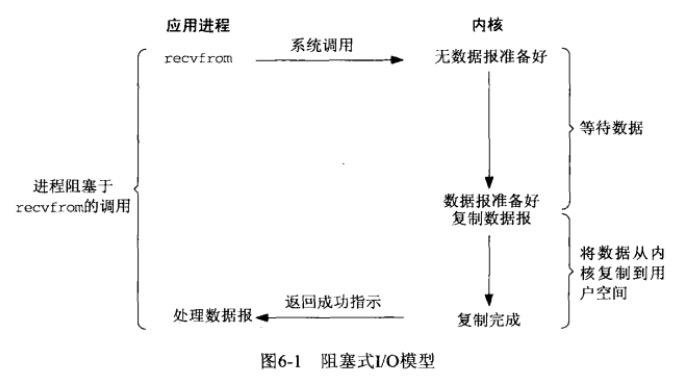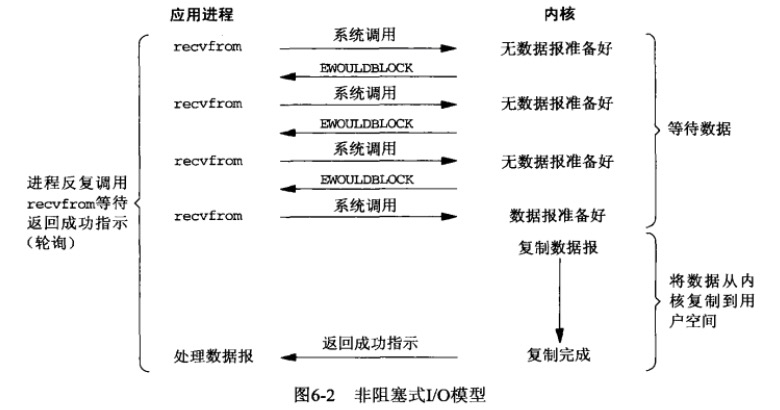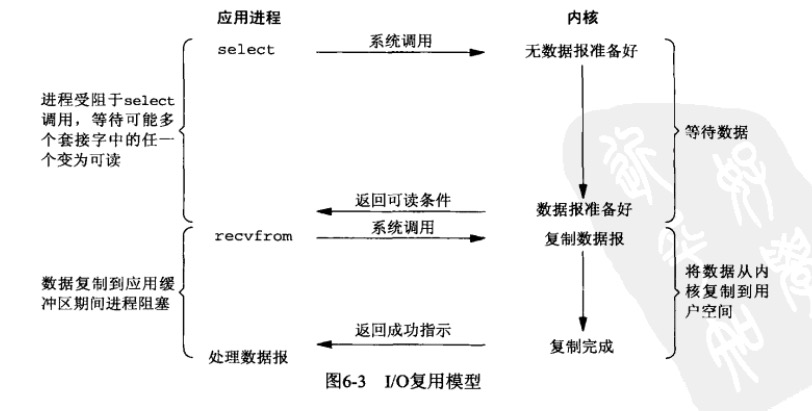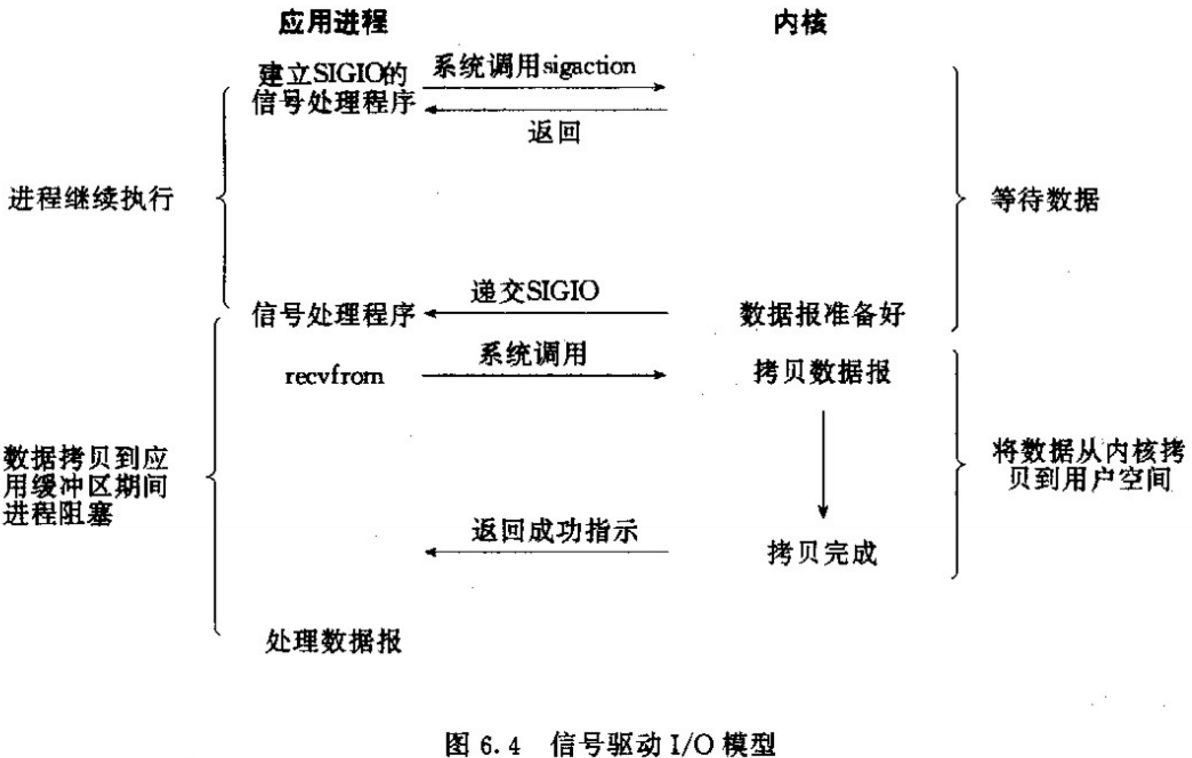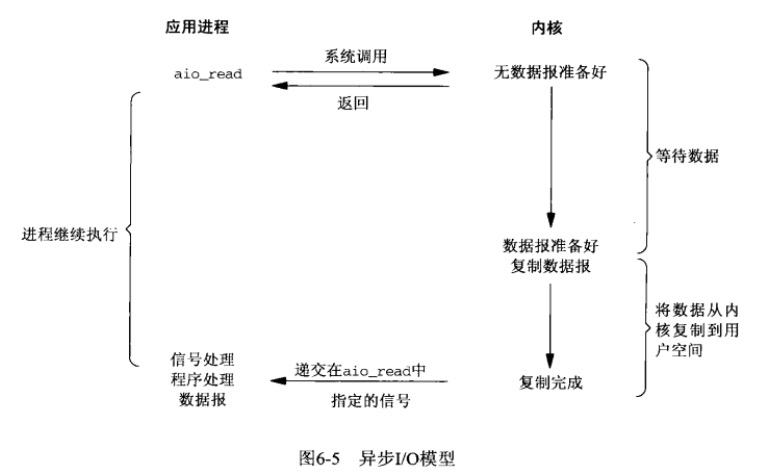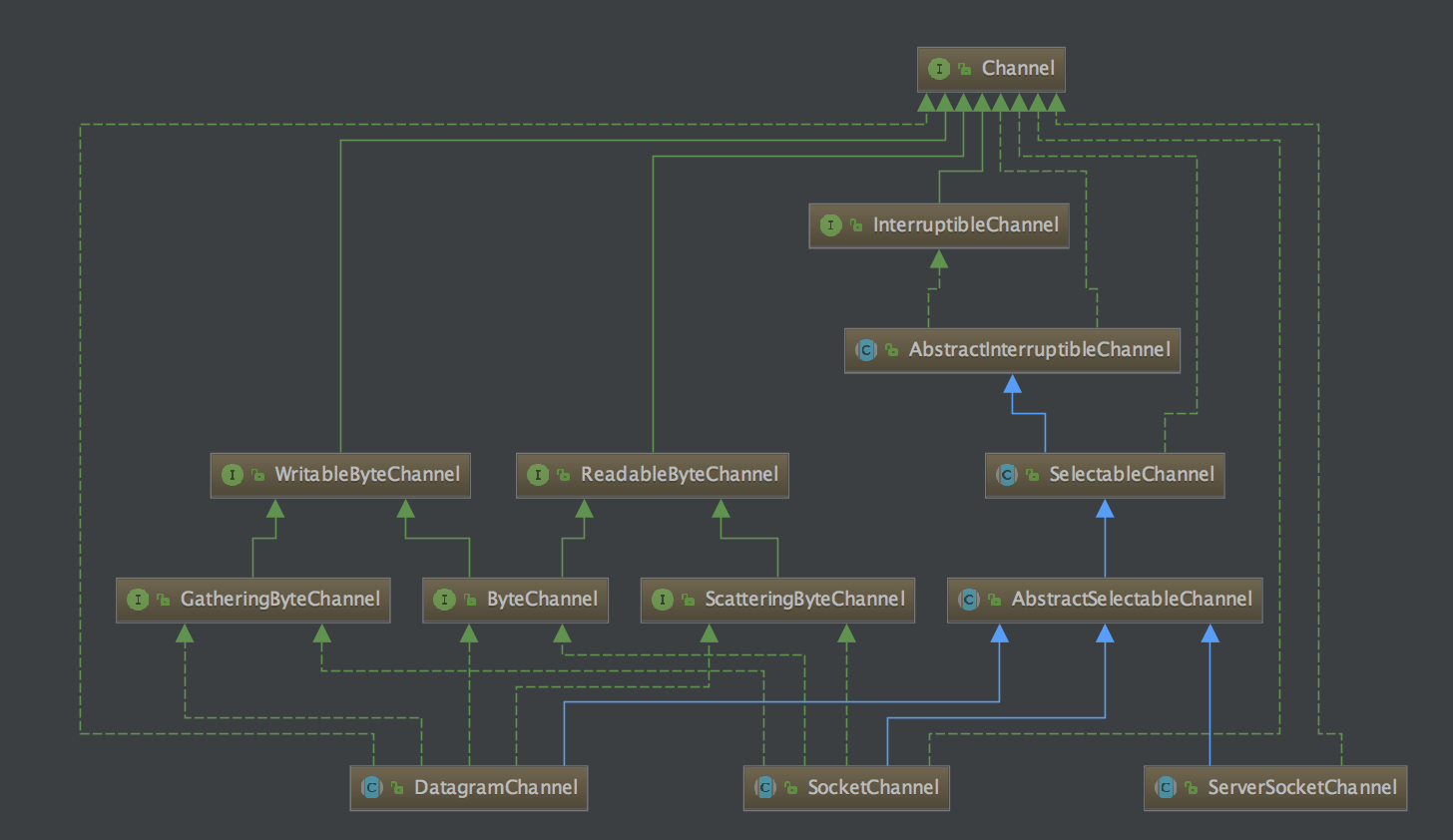1
2
3
4
5
6
7
8
9
10
11
12
13
14
15
16
17
18
19
20
21
22
23
24
25
26
27
28
29
30
31
32
33
34
35
36
37
38
39
40
41
42
43
44
45
46
47
48
49
50
51
52
53
54
55
56
57
58
59
60
61
62
63
64
65
66
67
68
69
70
71
72
73
74
75
76
77
78
79
80
81
82
83
84
85
86
87
88
89
90
91
92
93
94
95
96
97
98
99
100
101
102
103
104
105
106
107
108
109
110
111
112
113
114
115
116
117
118
119
120
121
122
123
124
125
126
127
128
129
130
131
132
133
134
135
136
137
138
139
140
141
142
143
144
145
146
147
148
149
150
151
152
153
154
155
156
157
158
159
160
161
162
163
164
165
166
167
168
169
170
171
172
173
174
175
176
177
178
179
180
181
182
183
184
185
186
187
188
189
190
191
192
193
194
195
196
197
198
199
200
201
202
203
204
205
206
207
208
209
210
211
212
213
214
215
216
217
218
219
220
221
222
223
224
225
226
227
228
229
230
231
232
233
234
235
236
237
238
239
240
241
242
243
244
245
246
247
248
249
250
251
252
253
254
255
| public class TimeServer {
public static void main(String[] args) {
final int port = 8888;
AsyncTimeServerHandler asyncTimeServerHandler = new AsyncTimeServerHandler(port);
new Thread(asyncTimeServerHandler, "AIO-TimeServer").start();
}
}
public class AsyncTimeServerHandler implements Runnable {
private int port;
private AsynchronousServerSocketChannel serverSocketChannel;
private CountDownLatch latch;
public AsyncTimeServerHandler(int port) {
this.port = port;
try {
serverSocketChannel = AsynchronousServerSocketChannel.open();
serverSocketChannel.bind(new InetSocketAddress(port));
System.out.println("Server Start ...");
} catch (IOException e) {
e.printStackTrace();
}
}
@Override
public void run() {
latch = new CountDownLatch(1);
doAccept();
try {
latch.await();
} catch (InterruptedException e) {
e.printStackTrace();
}
}
public void doAccept(){
serverSocketChannel.accept(this, new AcceptCompletionHandler());
}
public AsynchronousServerSocketChannel getServerSocketChannel() {
return serverSocketChannel;
}
public CountDownLatch getLatch() {
return latch;
}
}
public class AcceptCompletionHandler implements CompletionHandler<AsynchronousSocketChannel, AsyncTimeServerHandler> {
@Override
public void completed(AsynchronousSocketChannel result, AsyncTimeServerHandler attachment) {
attachment.getServerSocketChannel().accept(attachment, this);
ByteBuffer buffer = ByteBuffer.allocate(1024);
result.read(buffer, buffer, new ReadCompletionHandler(result));
}
@Override
public void failed(Throwable exc, AsyncTimeServerHandler attachment) {
exc.printStackTrace();
attachment.getLatch().countDown();
}
}
public class ReadCompletionHandler implements CompletionHandler<Integer, ByteBuffer> {
private AsynchronousSocketChannel socketChannel;
public ReadCompletionHandler(AsynchronousSocketChannel socketChannel) {
this.socketChannel = socketChannel;
}
@Override
public void completed(Integer result, ByteBuffer attachment) {
SimpleDateFormat format = new SimpleDateFormat("yyyy-MM-dd HH:mm:ss");
attachment.flip();
byte[] bytes = new byte[attachment.remaining()];
attachment.get(bytes);
try {
String request = new String(bytes, "utf-8");
System.out.printf("client request is: %s\n", request);
doWrite("QUERY TIME".equalsIgnoreCase(request) ? format.format(new Date()) : "ERROR");
} catch (UnsupportedEncodingException e) {
e.printStackTrace();
}
}
private void doWrite(String body) {
if (body != null && body.trim().length() > 0) {
byte[] bytes = body.getBytes();
ByteBuffer writeBuffer = ByteBuffer.allocate(bytes.length);
writeBuffer.put(bytes);
writeBuffer.flip();
socketChannel.write(writeBuffer, writeBuffer, new CompletionHandler<Integer, ByteBuffer>() {
@Override
public void completed(Integer result, ByteBuffer attachment) {
if (attachment.hasRemaining()) {
socketChannel.write(attachment, attachment, this);
}
}
@Override
public void failed(Throwable exc, ByteBuffer attachment) {
try {
socketChannel.close();
} catch (IOException e) {
e.printStackTrace();
}
}
});
}
}
@Override
public void failed(Throwable exc, ByteBuffer attachment) {
try {
socketChannel.close();
} catch (IOException e) {
e.printStackTrace();
}
}
}
public class TimeClient {
public static void main(String[] args) {
new Thread(new AsyncTimeClientHandler("127.0.0.1", 8888)).start();
}
}
public class AsyncTimeClientHandler implements CompletionHandler<Void, AsyncTimeClientHandler>, Runnable {
private String host;
private int port;
private AsynchronousSocketChannel socketChannel;
private CountDownLatch latch;
public AsyncTimeClientHandler(String host, int port) {
this.host = host;
this.port = port;
try {
socketChannel = AsynchronousSocketChannel.open();
} catch (IOException e) {
e.printStackTrace();
}
}
@Override
public void run() {
latch = new CountDownLatch(1);
socketChannel.connect(new InetSocketAddress(host, port), this, this);
try {
latch.await();
socketChannel.close();
} catch (InterruptedException | IOException e) {
e.printStackTrace();
}
}
@Override
public void completed(Void result, AsyncTimeClientHandler attachment) {
byte[] request = "query time".getBytes();
ByteBuffer writeBuffer = ByteBuffer.allocate(request.length);
writeBuffer.put(request);
writeBuffer.flip();
socketChannel.write(writeBuffer, writeBuffer, new CompletionHandler<Integer, ByteBuffer>() {
@Override
public void completed(Integer result, ByteBuffer attachment) {
if (attachment.hasRemaining()){
socketChannel.write(attachment, attachment, this);
} else {
ByteBuffer readBuffer = ByteBuffer.allocate(1024);
socketChannel.read(readBuffer, readBuffer, new CompletionHandler<Integer, ByteBuffer>() {
@Override
public void completed(Integer result, ByteBuffer attachment) {
attachment.flip();
byte[] bytes = new byte[attachment.remaining()];
attachment.get(bytes);
try {
String body = new String(bytes, "utf-8");
System.out.printf("now is : %s \n", body);
latch.countDown();
} catch (UnsupportedEncodingException e) {
e.printStackTrace();
}
}
@Override
public void failed(Throwable exc, ByteBuffer attachment) {
try {
socketChannel.close();
latch.countDown();
} catch (IOException e) {
e.printStackTrace();
}
}
});
}
}
@Override
public void failed(Throwable exc, ByteBuffer attachment) {
try {
socketChannel.close();
latch.countDown();
} catch (IOException e) {
e.printStackTrace();
}
}
});
}
@Override
public void failed(Throwable exc, AsyncTimeClientHandler attachment) {
try {
socketChannel.close();
latch.countDown();
} catch (IOException e) {
e.printStackTrace();
}
}
}
|
